Sight & Sound & Anime
March 12, 2023 · 0 comments
Sight and Sound De Facto Reveals the Greatest Anime of All Time
By Miles Atherton.
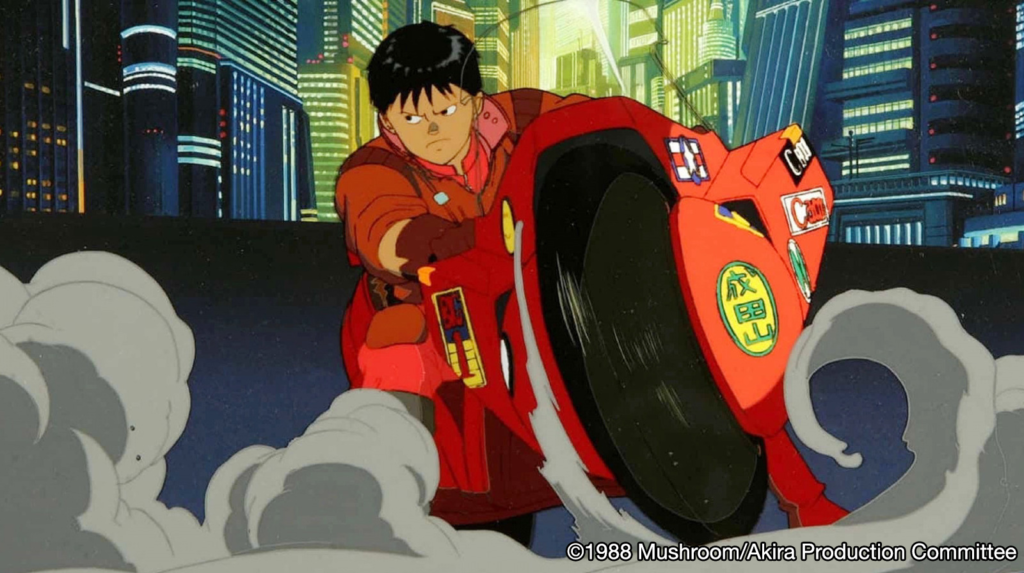
Late last year, Sight and Sound magazine’s famous duo of “Greatest Films of All Time” aggregated from the top 10s of hundreds of world-renowned critics and directors respectively, hit newsstands with colossal shifts from their 2012 incarnations. The relatively-obscure Belgian film Jeanne Dielman, 23 Quai du Commerce, 1080 Bruxelles claimed the top spot of the Critics’ 250 picks, while Stanley Kubrick’s 2001: A Space Odyssey moved up a rank to lead the Director’s Top 100. But the most interesting trends in the world of film were obscured with these initial lists: the rise of anime.
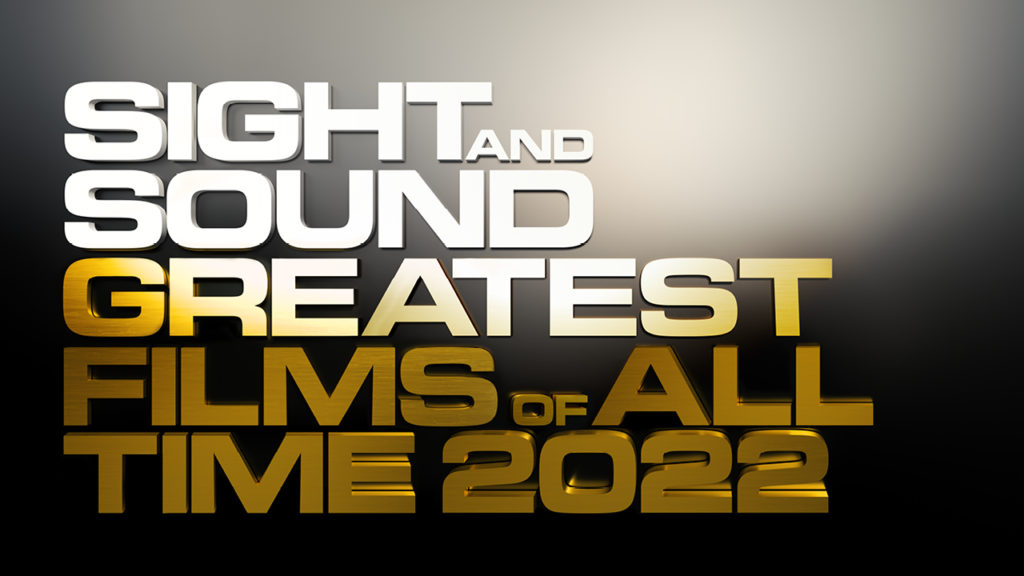
Recently, the top 10 lists from each of the 1,639 critics and 480 filmmakers were published in their entirety (Source: Sight and Sound). I excitedly took the opportunity to scrape and scour these data over the last few days and discovered animation is finally bubbling to the milieu of the critical and artistic conversation surrounding cinema, particularly animation from Japan. In the previous rendition of Sight and Sound’s survey, only 4 animated features were cited by at least 3 critics or directors on their individual top 10 lists. For 2022, that number skyrocketed to 27 films, with 11 of those, including 4 of the top 5, qualifying as “anime”.
The latest Sight and Sound “Best Films of All Time” ballots featured 27 different animated films with at least 3 mentions, up from 4 in the previous poll.
Anime has become increasingly popular the world over in the last decade. There are countless anecdotes about the medium’s rapidly expanding accessibility and notoriety since the previous Sight and Sound poll was conducted, but none are quite as sharp as the fundamental capitalistic truth of the matter: the anime industry has more than doubled in size by revenue over these last ten years, with the majority of that growth coming from international sources (Source: The Association of Japanese Animations). As such, it’s no surprise that anime is finally seeing an impact, even if animation only comprises 2 spots on the Critics’ Top 100.
So if anime is doing so well broadly, why is the medium slowly breaking into this one list valuable? Anime has hundreds of millions of fans around the world and its recognition as a meaningful art form is becoming more common, as evidenced in circumstances like the record-breaking standing ovation auteur Mamoru Hosoda received at Cannes for the premiere of his latest feature, BELLE. But in a world where films like Boss Baby are nominated by the Academy of Motion Picture Arts and Sciences as one of the five films to represent a year’s best offerings in animation over critical darlings like your name or A Silent Voice, the delta between the quality of anime’s best works and their global recognition is quite clear.
Even with a UK-focused perspective, Sight and Sound is frequently considered the most authoritative of all “top movie” lists, or at least as much as such a subjective task can be. While there are easy arguments as to its methodology or inherent biases to make, how the “sausage” of the list is made is perhaps even more compelling than its final product. Individual top 10 lists offer a rare insight into an artists’ “favorites”, as fraught a topic as they come with this particular crowd. Examining the 100+ critics and directors who dedicated a spot on their survey to anime is a worthy effort to understanding where the medium is in the zeitgeist and projecting where anime’s place in the film canon could end up. But instead of discussing this abstractly: what did these critics and directors pick, exactly?
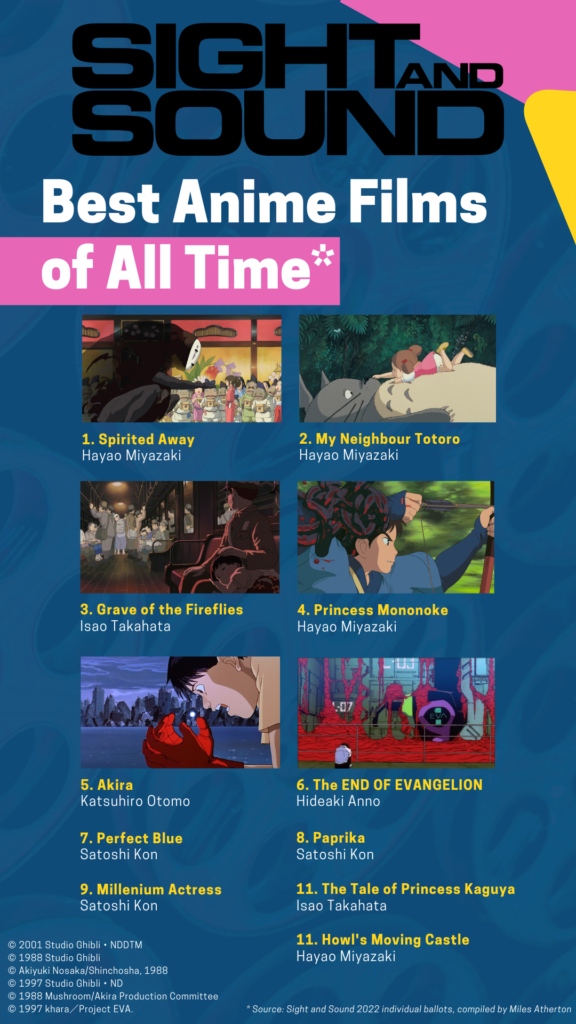
For anyone who’s familiar with online aggregators of critical reaction to art like Amazon’s imDB or even Rotten Tomatoes, the list of the most popular anime of all time has few surprises. The works of Hayao Miyazaki have demonstrated immense resonance in the public consciousness, and their relevance seems to only grow with each year. What is a delight, however, is the inclusion of 3 of the 4 films headed by the late Satoshi Kon, who like Otomo, Anno, and Takehata, was excluded entirely from all previous renditions of the list.
All said, treated as a list of the greatest anime films of all time, it’s not radically different from other outlets’ more specific attempts, sharing 6 features in common with Paste and Time Out, as well as 3 with Empire. Some notable exclusions on Sight and Sound’s unplanned anime ranking are the works of Mamoru Oshii (Ghost in the Shell saw only 2 ballots), Mamoru Hosoda (who received a single nod for Wolf Children), and Makoto Shinkai (surprisingly passed over), each of whom can be found all over contemporary lists of anime’s greatest achievements in cinema.
Princess Mononoke has been cited as one of the best films of all time by the same number of directors who included Tarkovsky’s Solaris.
Interestingly, critics from the UK were 54% more likely to include an anime on their top 10 list than those from other countries, making up the biggest cohort of anime respecters in the Sight and Sound pantheon. While the sample sizes for critics from Estonia and Japan are too small to draw definitive conclusions from, they are also overrepresented proportionately in the anime list.
While animation from Japan may rank highest on both of Sight and Sound’s most recent lists, they’re not alone. Even the most notable of Disney musicals, Pixar favorites, and stop-motion fantasies were neglected entirely on the 2012 duo of film lists. None may have cracked the top 250 this time around either, but as mentioned before, they’re beginning to crack through:
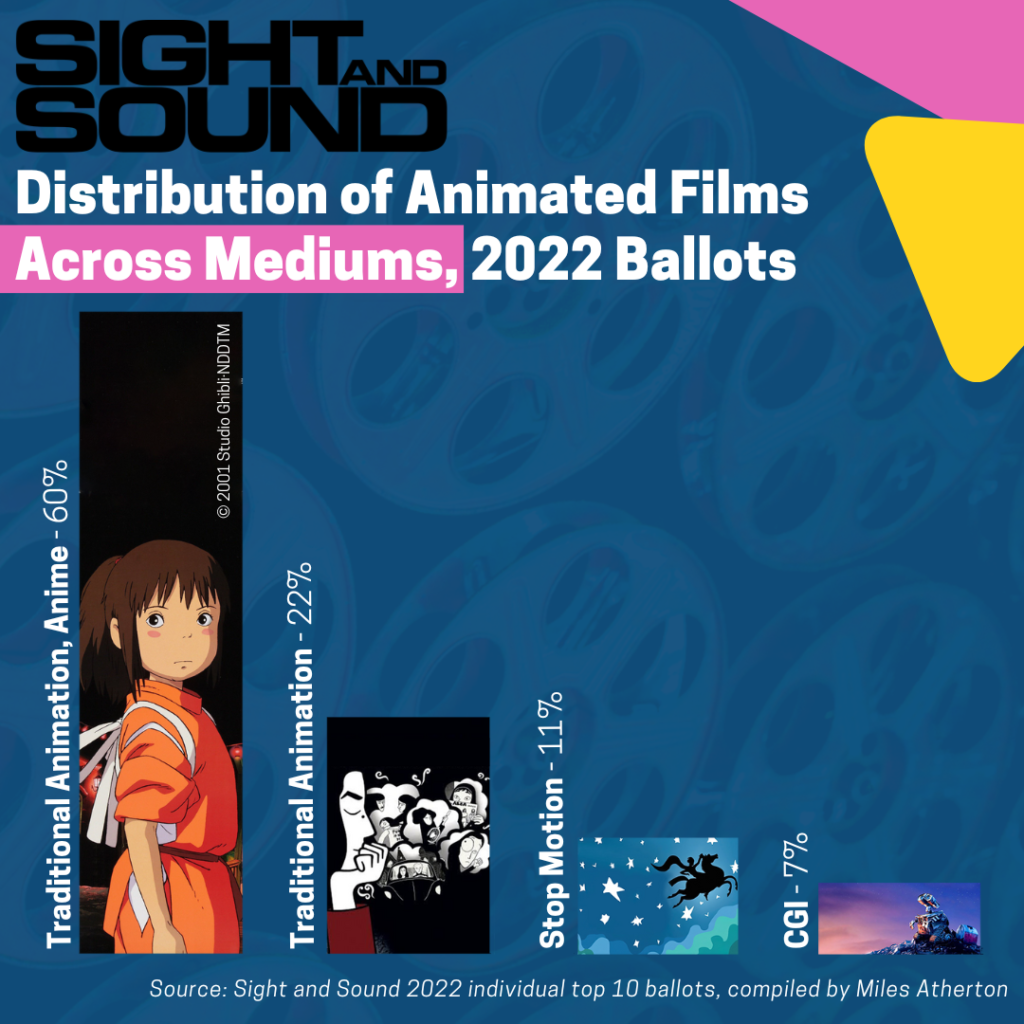
Anime’s critical dominance within the category of animation is even more stark than I would have anticipated, accounting for over 60% of all ballots cast in the latest Sight and Sound poll. Notable individual films outside of the anime world include Lotte Reiniger’s 1926 fairy-tail The Adventures of Prince Achmed, Disney’s Pinocchio and Fantasia, and the powerful French and Iranian co-production Persepolis from directors Marjane Satrapi and Vincent Paronnaud.
The United States overwhelmed the non-anime animation categories, but Soviet director Yuri Norstein received accolades for three different films, tied with Pixar’s Pete Docter as the most-celebrated animation director outside of Japan.
A final thought before we go: in a world where we only valued the opinions of those with notable taste and distinction (i.e. the 8% of critics and 5% of directors who included an anime on their top 10), what would the Sight and Sound list look like overall? I’ve endeavored to answer just that:
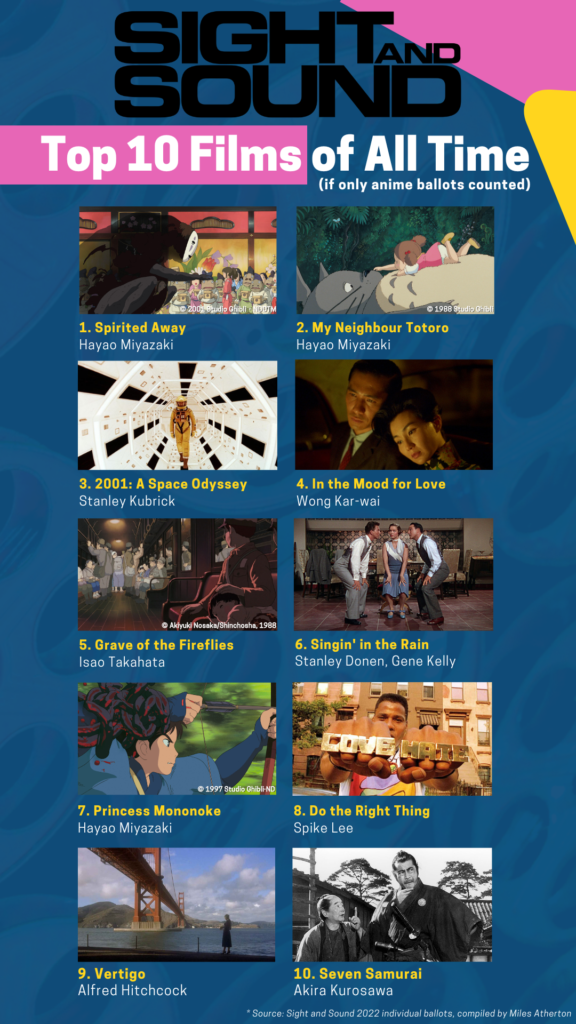
In this alternative universe, four of the top 10 are anime, unsurprisingly. Is this a better list? Maybe not, but there is a certain charm to it that I can’t help but embrace. Beyond their top 10 favourites, critics and directors who included at least one anime film on their list were:
- 2.5x more likely to include Star Wars
- 2.2x more likely to include The Matrix
- 1.7x more likely to include The Tree of Life
- 1.7x more likely to include Ikiru, but 67% less inclined to add Tokyo Story
There have been times in the last decade where I’ve been disheartened by what I’ve seen as the slow adoption of animation as a serious medium by the masses, with critics’ speed of acknowledging the achievements in storytelling I see for myself a key factor. But if this Sight and Sound poll is any indication, animation, and in particular anime, have come a long way in just ten years.
Miles Atherton is the Chief Marketing Officer of Anime Limited with over a decade of experience in the anime industry and scarcely three years of experience as a father.
Leave a Reply